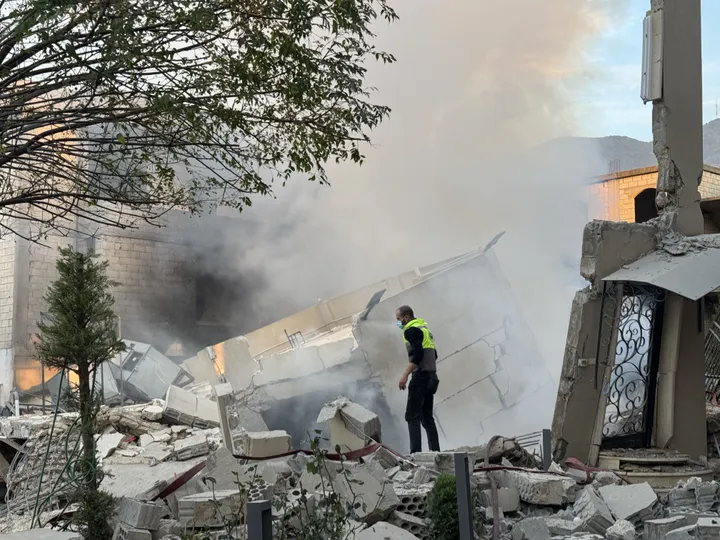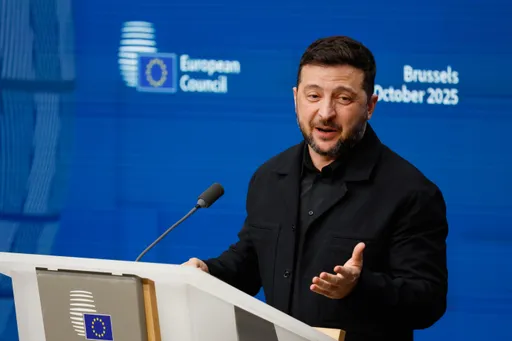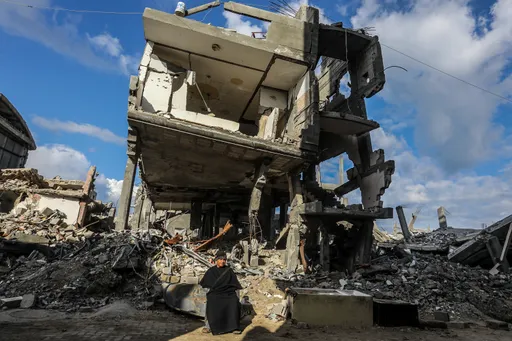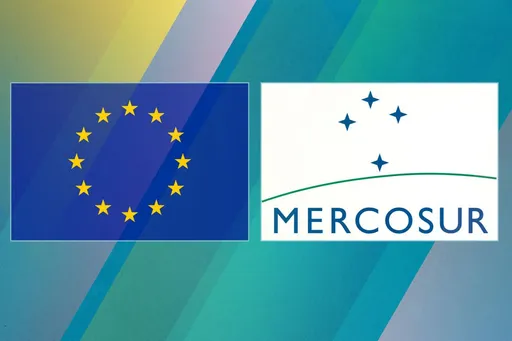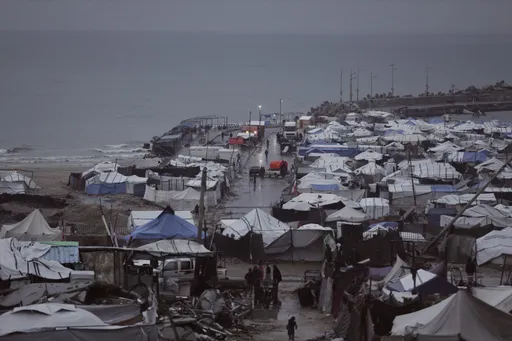Since late December, mass vaccination campaigns have been underway to fight the coronavirus pandemic.
While many rich European countries have lagged behind in executing their proposed programs, Chile is drawing attention for having done the opposite.
According to Our World in Data, a project of the University of Oxford, Chile has administered Covid-19 vaccines to 11.23 people out of every 100 citizens.
Chile is at the forefront of Latin America’s inoculation drive on a per capita basis, and has already administered nearly two million doses.
By February 15, the Latin American nation was the fifth most successful country just behind Israel, the UAE, the US and the UK.
Chile has also set a target of inoculating around five million people - more than a quarter of its population - by the end of March. The program is voluntary and free.
These are some of the reasons why Chile’s drive has been successful.
House in order
Thanks to its trade connections with developed countries, the Chilean government obtained Covid-19 vaccines much faster than other Latin American nations.
Chile was also thefirst country in South America to kick off vaccinations, starting inoculations in late December after receiving its initial 10,000 doses from Pfizer-BioNtech.
Last year, the South American country signed agreements with BioNTech / Pfizer, AstraZeneca, Johnson & Johnson and Sinovac to obtain about 36 million doses - a figure needed for its 19 million population.
It bought 12 million doses just from Chinese Sinovac. The company had reached a test and trial agreement with a Chilean university and gave privileged access to the country for its CoronaVac vaccine.
The Chinese business has guaranteed 60 million doses to Chile in the coming three years.
For now, Sinovac has only been administered to people between 18-59 due to a lack of information of its effects on senior citizens, but Chile is fortunate to also have a plentiful supply of BioNTech/Pfizer and CoronaVac to use, too.
“Our goal is to have 80 percent of the eligible population vaccinated by June 30,” Chile’s health minister Enrique Paris told Andres Oppenheimer from Miami Herald.
Successful campaign
Chile has mobilised all its resources, including the public and private sectors, federal and municipal institutions.
The country has a developed health network across its territory which facilitates health workers to reach people who live in remote or rural areas. Vaccination centres have been widely set up in various locations across Chile.
“The strategy is based on the primary health care network with clinics and health centers, distributed throughout the country. Historically, they have always participated in Chile's vaccination strategy. This allows us a good distribution, adding, in addition, that in logistics the CoronaVac vaccine has maintenance conditions that are much simpler than other types of vaccines that require ultra-cold units,” the president of the Medical College of Chile Izkia Siches toldDW.
On the other hand, a strong national vaccination plan was already prepared in 1978.
In Chile, no one can access the vaccine without recording his/her name, ID card and the allotted vaccine name.

